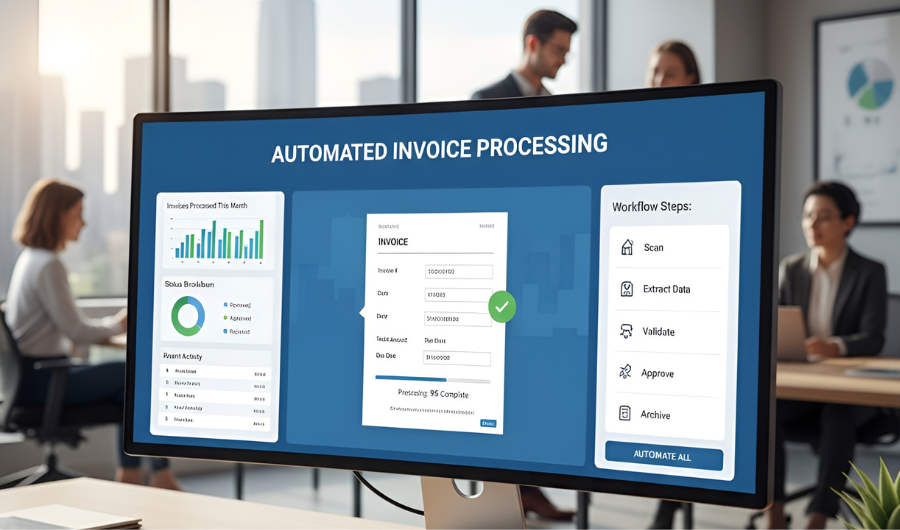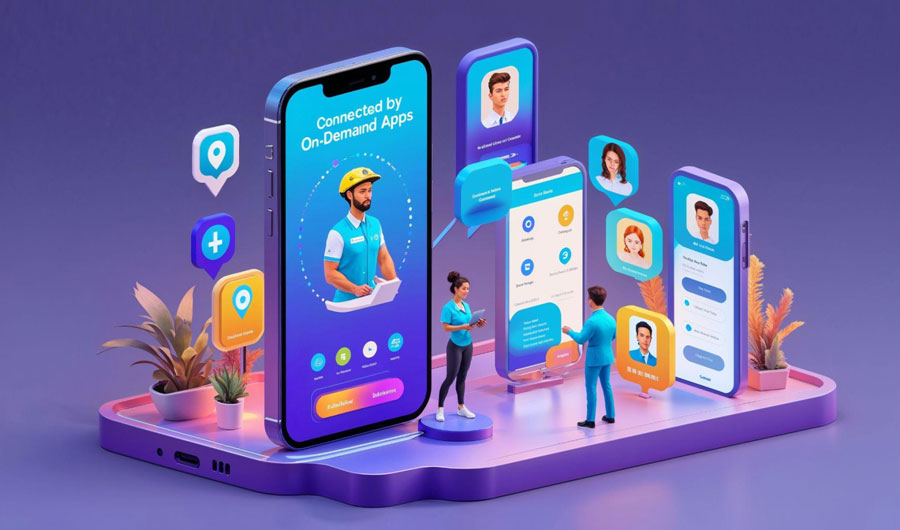
How to Choose the Right Software Development Team
Choosing a software development team is an important decision. It could even potentially make or break or break your project. This article is going to explore all the different factors you need to consider to ensure you’re making the right decision.
Don’t fret! Although this can feel like a big decision, by considering these aspects, you can ensure you’re making the right decision for you, your project and business.
Understand Your Project Needs
Before reaching out to anyone, it’s important to work out your expectations and essentially what you need from a software developing team. There’s no use in reaching out to different services without knowing what you want, this can end up being a waste of time for everyone. When it comes to understanding your project’s needs, you need to:
- Objectives: outline your objectives, your goals and expectations. Just remember that the more detailed you are in this phase, the easier it will be to find a team that fits your needs perfectly.
- Scalability: consider the scalability and long-term maintenance of your project before reaching out to different teams. What are your expectations for after the project is finished? Do you need additional support? Is there room to grow?
- Technology Required: what technologies and tools are needed for your project? For example, AI, cloud platforms, programming etc. This can actually help you narrow down your options, especially if you need a team that has expertise in a specific type of technology. When you hire a software development team, ensure they have experience in similar projects and that they understand the specific challenges and opportunities within your industry.
- Budget: When deciding on a budget or financial plan, be sure to outline all potential costs, this even includes any unexpected costs that may come up. By establishing this before you begin, you can consider different teams and their pricing plans.
- Timeline: This is essential when it comes to keeping your project on track. When reaching out to a team, it’s important to inform them both of your budget and your deadline in the very first message. This could end up saving a lot of time and back and forth, especially if a team can’t accommodate you.
During this process, you should create a proposal that you can send out to different teams. This will include all the information you have just established, including your expectations. Being upfront with this information from the beginning could end up saving you a lot of time and miscommunication.
Factors to Consider
Now you established all the important details about your project, it’s time to start looking for teams. However, before getting started with this process, it’s a good idea to be aware of the different factors you’re looking out for. So ask yourself:
Does the team have the technical expertise and skillset that you require?
You need to make sure your chosen team has experience with the specific technologies and trends required for your project. A team with the right technical skills will be better equipped to handle complex challenges and deliver a high-quality product.
What is their experience and track record like?
Look for a track record of successful projects similar to yours in terms of scope, technology and industry. A team with relevant experience is more likely to understand your needs and deliver results efficiently.
How well do they communicate with you?
Effective communication is crucial for any type of project. Consider the team’s communication skills, including their responsiveness and clarity in discussions.
What are their project management and development practices?
Determine if they follow industry best practices, which can enhance flexibility and adaptability throughout the project. Assess their approach to task management, progress tracking and quality assurance.
Do their values, culture and team dynamics fit with yours?
A good cultural and workstyle fit can foster can ensure a more productive and harmonious working relationship. Additionally, take a look at the team’s dynamics and ensure that they have a collaborative and professional approach to working with clients.
Do their services fit with your budget? Are they transparent about their prices with clear pricing plans?
Review the team’s pricing model and ensure it fits with your budget. Be cautious of teams that provide vague or unrealistic cost estimates. Look for transparency in pricing, including a detailed breakdown of costs and any potential additional expenses.
Can this team grow with your business beyond your project?
Is the team able to scale resources if your project grows or changes direction? Additionally, consider post-launch and how a team supports your project, including maintenance, updates and bug fixes. A team that provides ongoing support will help ensure the long-term success and stability of your software.
Does the team adhere to the legal and compliance requirements relevant to your project?
It’s essential that your team adheres to legal and compliance requirements relevant to your project. This includes data protection, intellectual property rights and any industry-specific regulations.
Reaching Out to Teams
Once you have fully understood your project’s needs and set out your expectations, it’s time to reach out to different teams. This can be a long process, which is why it’s important to try to be as efficient as possible in this process. Take some time to research the different teams out there, a great way to do this is to network with other businesses in your industry. This can give you an idea of where to look and you may even get some recommendations.
Don’t underestimate just how important the initial communication is. This can actually tell you a lot about a team or service. Try to gauge their understanding of your project and how willing they are to collaborate. This interaction will give you a sense of their communication style, responsiveness and enthusiasm. In a team’s response look for detailed explanations of their approach, timelines and cost estimates. It’s important to keep an open mind at this point, and choose a few options that you’re interested in and follow up with interviews to learn more.
Also read: The Outsource Model in Software Development – Innovative Strategies






